Like BSA, La Fabrique Nationale d'Armes de Guerre ('FN', for short) began as a munitions manufacturer, turning to the production of motorcycles in 1900. Today the Belgian company is best remembered for its sensational four-cylinder models, the first of which appeared in 1904 and was first exhibited publicly at the 1905 Paris Cycle Show. Designed by Paul Kelecom, the FN was the world's first practical four-cylinder motorcycle, its smooth, almost vibration-less operation setting it apart from rival singles and v-twins. Advanced for its day, the 362cc air-cooled four featured 'atmospheric' inlet and mechanical (side) exhaust valves, a robust five-bearing crankshaft, individual crankcase oil wells ensuring adequate lubrication for the connecting rods, and reliable Bosch magneto ignition. Shaft final drive was another innovation. Supported on ball bearings, the driveshaft ran inside the right-hand frame member to a bevel gear on the rear axle. At first there was no clutch, the direct-drive machine being started by pedalling away until the engine fired. Two brakes (drum and rim-type) both operated on the rear wheel. The engine was enlarged (to 410cc) in 1906 and again in 1910, on this occasion to 498cc, and in 1911 the factory introduced its own two-speed transmission, similar to that already offered by Horstmann in Britain, which was contained within the drive-shaft housing. Responding to demands from sidecarists for more power, FN introduced a 748cc, 7hp four – the Type 700 – for 1914. This new engine was a sidevalve of 'T'-head layout, with mechanically operated valves and a mechanical oil pump, which drove the three-speed gearbox via a steel, multi-plate clutch. Pedal starting was dispensed with on the Type 700, a kick-start mechanism being added at the right-hand side of the engine. The Type 700 had not been in production long before the FN works was seized by the invading German Army in the autumn of 1914. The occupying Germans used the FN factory to manufacture ammunition while continuing production of the Type 700, which had a top speed of around 45mph and was widely used by despatch riders. The model remained in production up to 1923 when it was replaced by a new overhead-valve, chain-driven four. In addition to the aforementioned developments, FN's new 748cc four featured an integral three-speed gearbox and electric lighting as standard although, bizarrely, the dynamo was an optional 'extra'! Despite its improved specification, sales were disappointingly sluggish and FN's long-running four was dropped from the range in 1926, thus closing the chapter on the world's first commercially successful four-cylinder motorcycle. Dating from the final year of production, this restored FN four motorcycle combination was purchased from a jointly owned private collection in Spain in 2007.
Like BSA, La Fabrique Nationale d'Armes de Guerre ('FN', for short) began as a munitions manufacturer, turning to the production of motorcycles in 1900. Today the Belgian company is best remembered for its sensational four-cylinder models, the first of which appeared in 1904 and was first exhibited publicly at the 1905 Paris Cycle Show. Designed by Paul Kelecom, the FN was the world's first practical four-cylinder motorcycle, its smooth, almost vibration-less operation setting it apart from rival singles and v-twins. Advanced for its day, the 362cc air-cooled four featured 'atmospheric' inlet and mechanical (side) exhaust valves, a robust five-bearing crankshaft, individual crankcase oil wells ensuring adequate lubrication for the connecting rods, and reliable Bosch magneto ignition. Shaft final drive was another innovation. Supported on ball bearings, the driveshaft ran inside the right-hand frame member to a bevel gear on the rear axle. At first there was no clutch, the direct-drive machine being started by pedalling away until the engine fired. Two brakes (drum and rim-type) both operated on the rear wheel. The engine was enlarged (to 410cc) in 1906 and again in 1910, on this occasion to 498cc, and in 1911 the factory introduced its own two-speed transmission, similar to that already offered by Horstmann in Britain, which was contained within the drive-shaft housing. Responding to demands from sidecarists for more power, FN introduced a 748cc, 7hp four – the Type 700 – for 1914. This new engine was a sidevalve of 'T'-head layout, with mechanically operated valves and a mechanical oil pump, which drove the three-speed gearbox via a steel, multi-plate clutch. Pedal starting was dispensed with on the Type 700, a kick-start mechanism being added at the right-hand side of the engine. The Type 700 had not been in production long before the FN works was seized by the invading German Army in the autumn of 1914. The occupying Germans used the FN factory to manufacture ammunition while continuing production of the Type 700, which had a top speed of around 45mph and was widely used by despatch riders. The model remained in production up to 1923 when it was replaced by a new overhead-valve, chain-driven four. In addition to the aforementioned developments, FN's new 748cc four featured an integral three-speed gearbox and electric lighting as standard although, bizarrely, the dynamo was an optional 'extra'! Despite its improved specification, sales were disappointingly sluggish and FN's long-running four was dropped from the range in 1926, thus closing the chapter on the world's first commercially successful four-cylinder motorcycle. Dating from the final year of production, this restored FN four motorcycle combination was purchased from a jointly owned private collection in Spain in 2007.


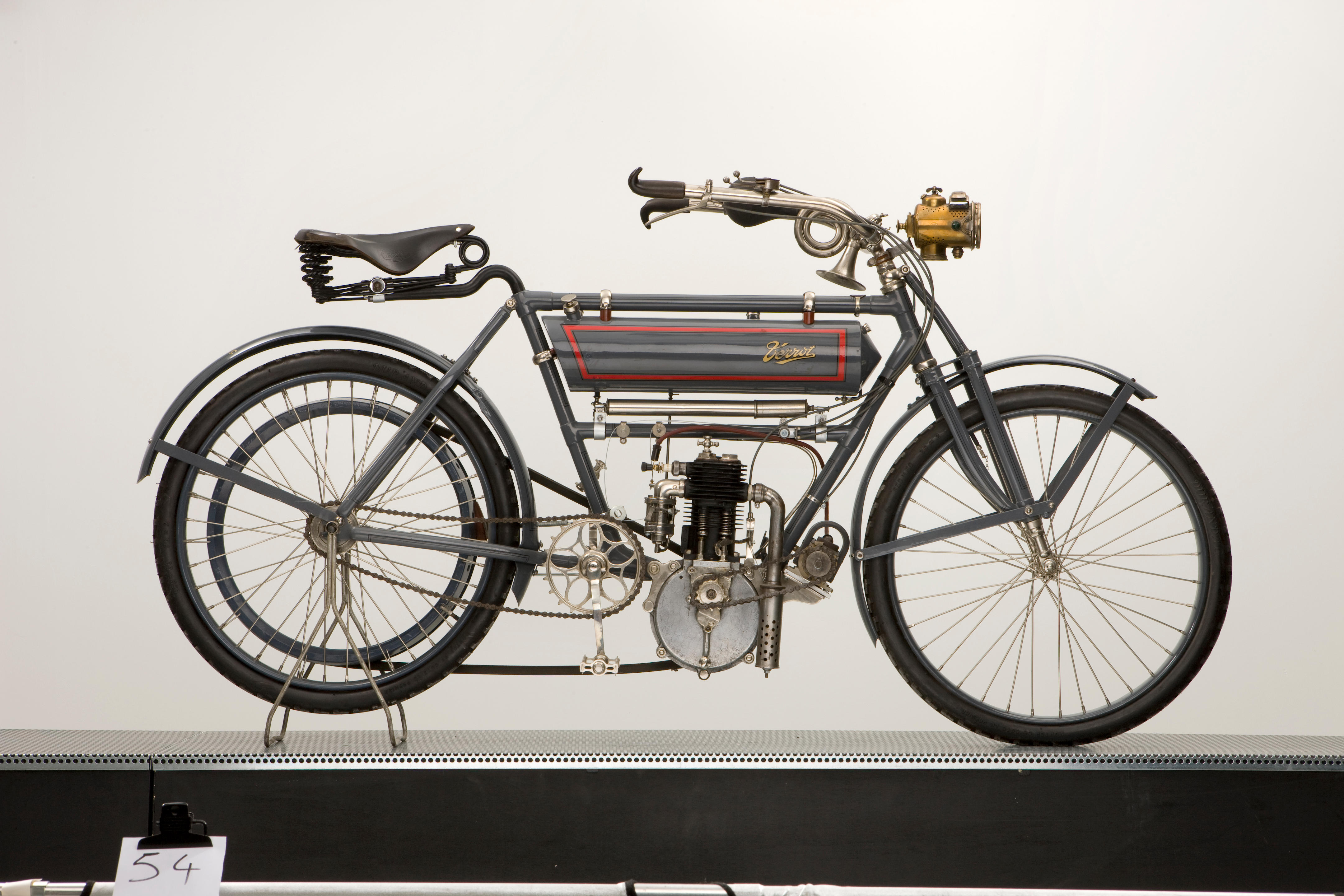
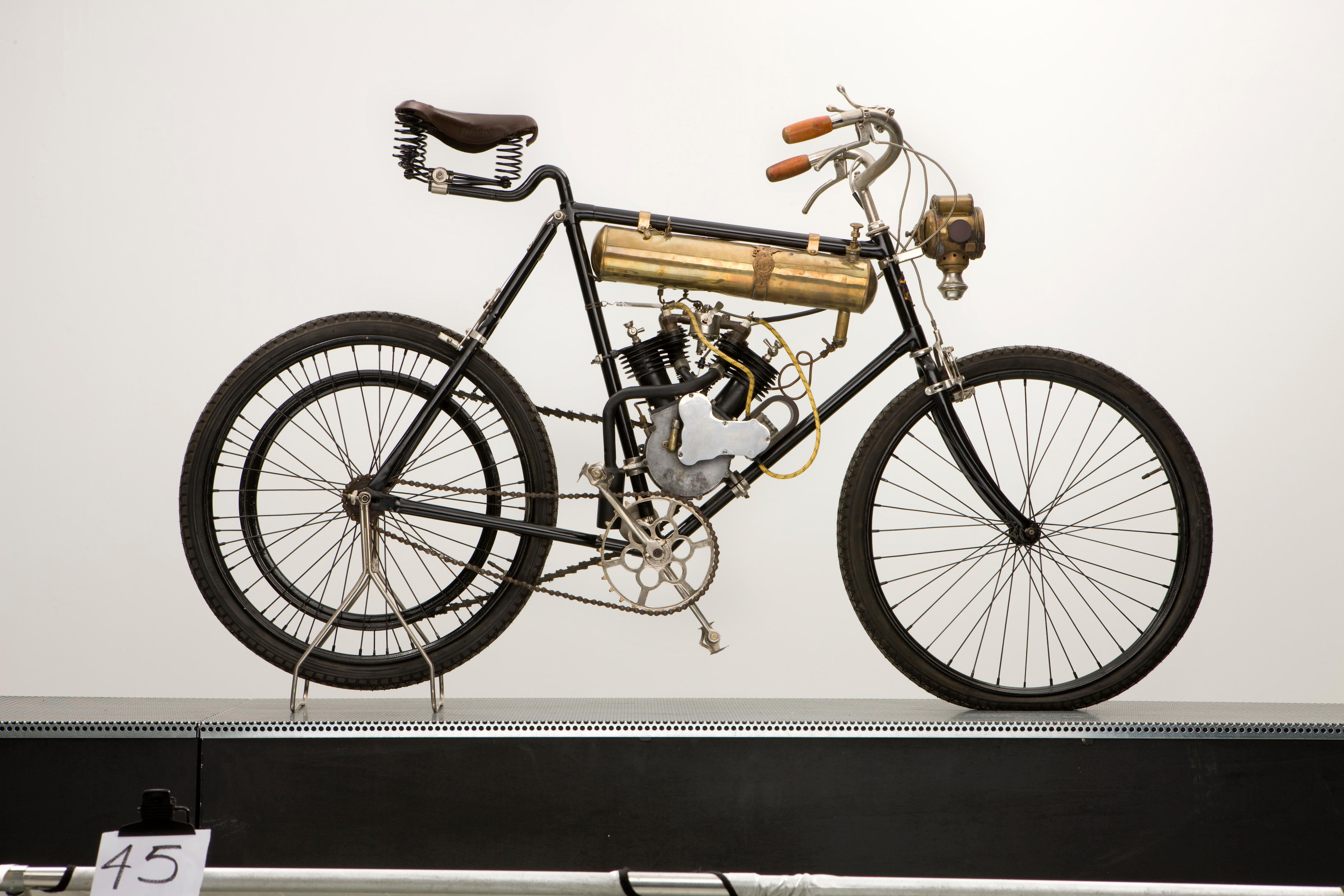
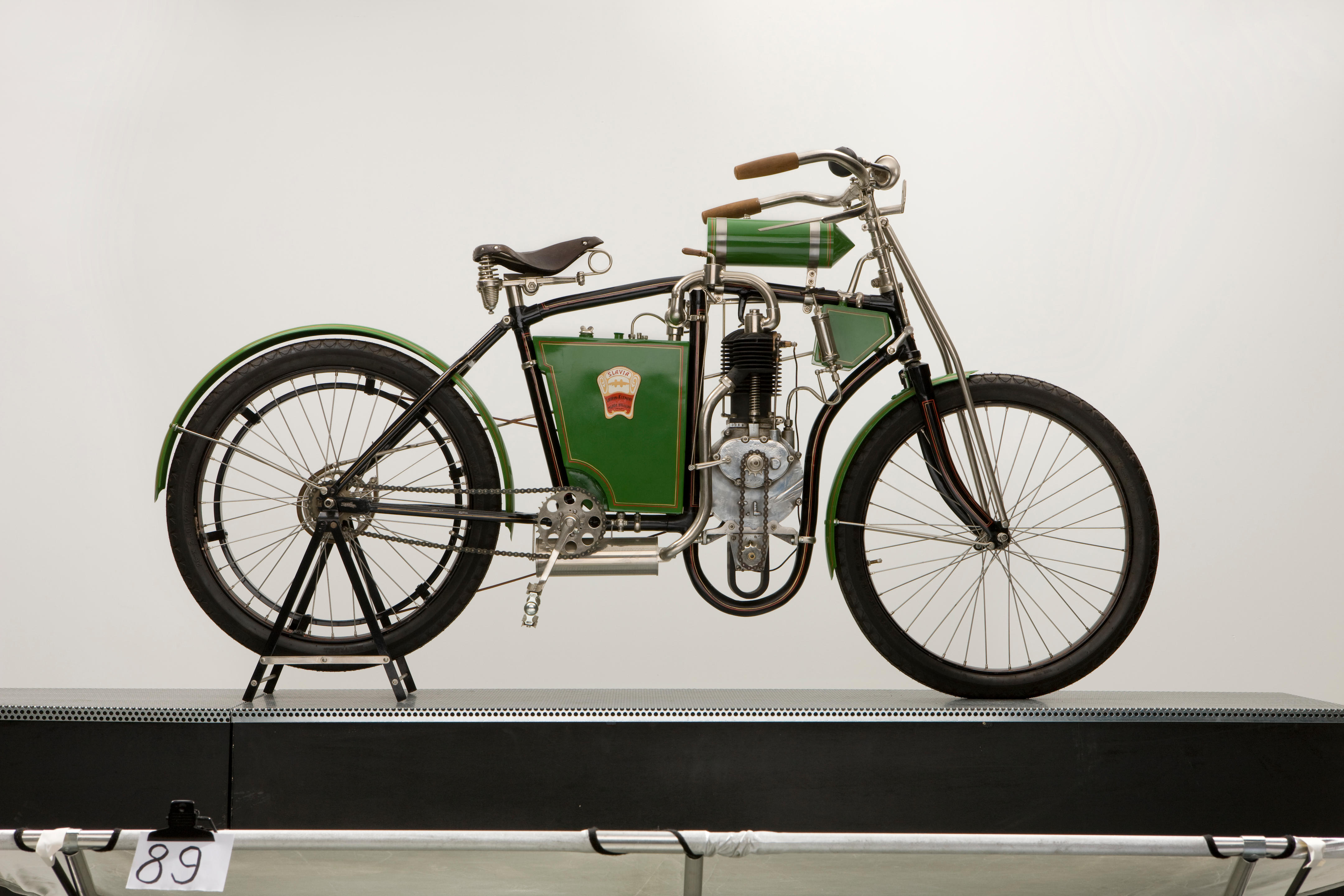
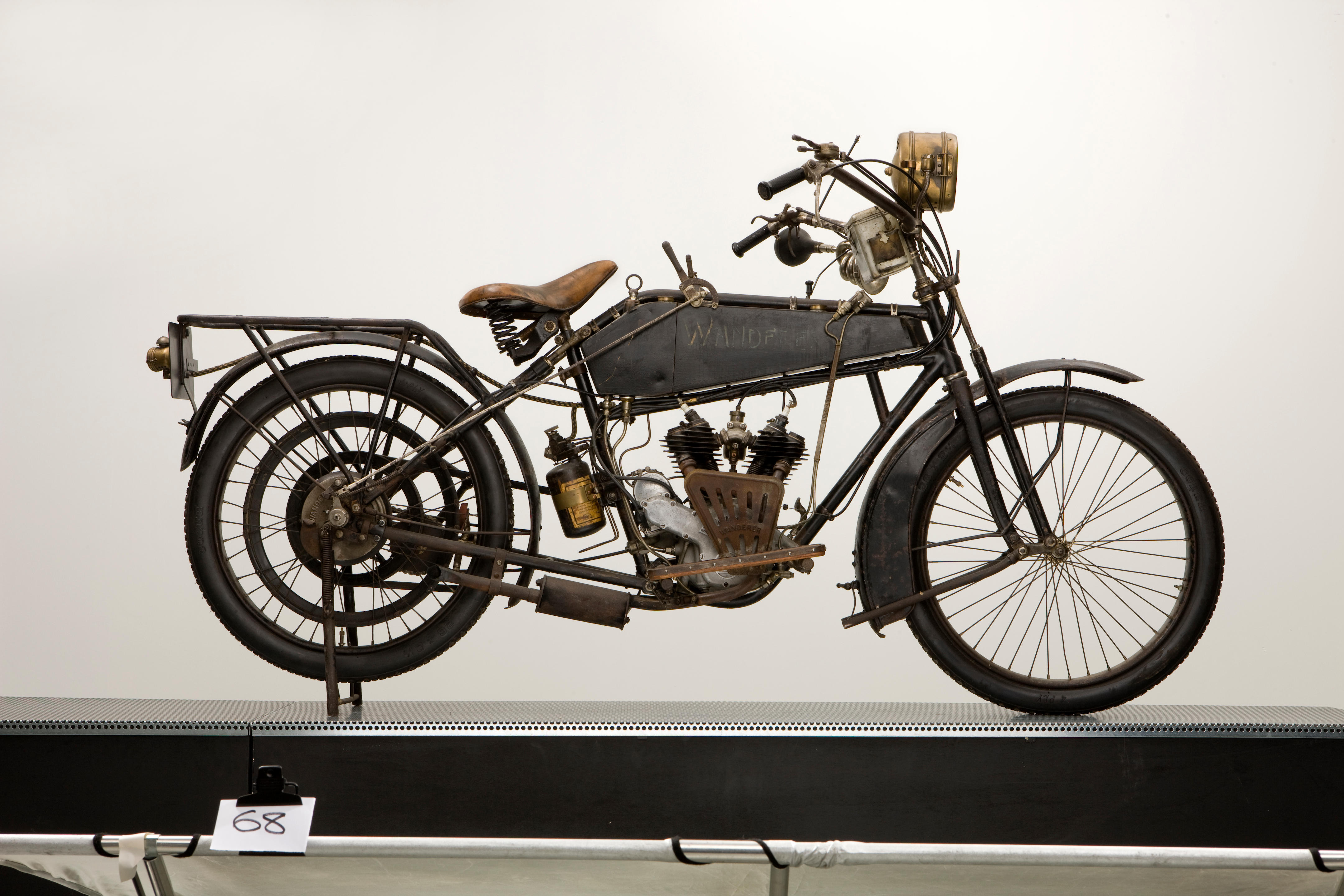
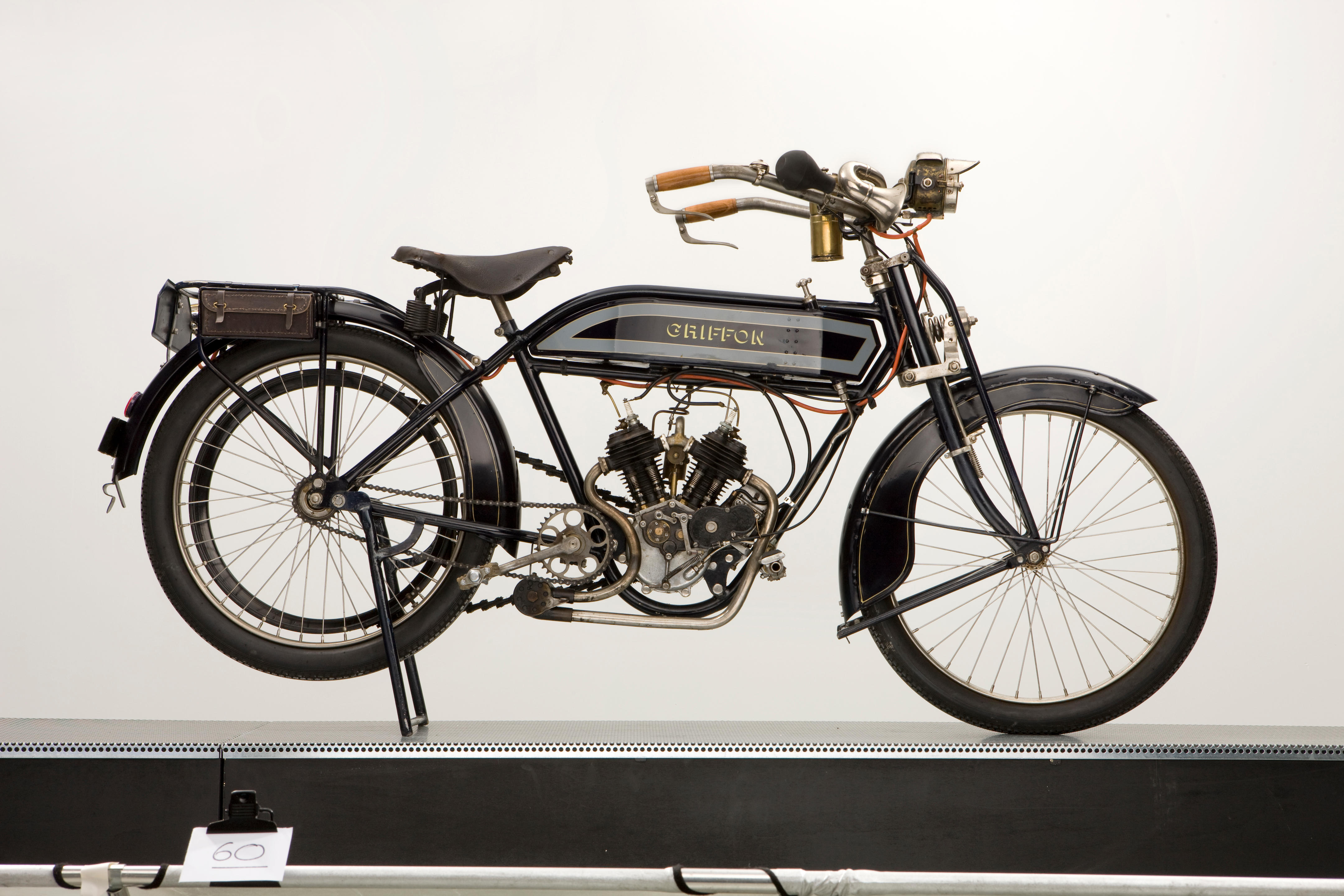
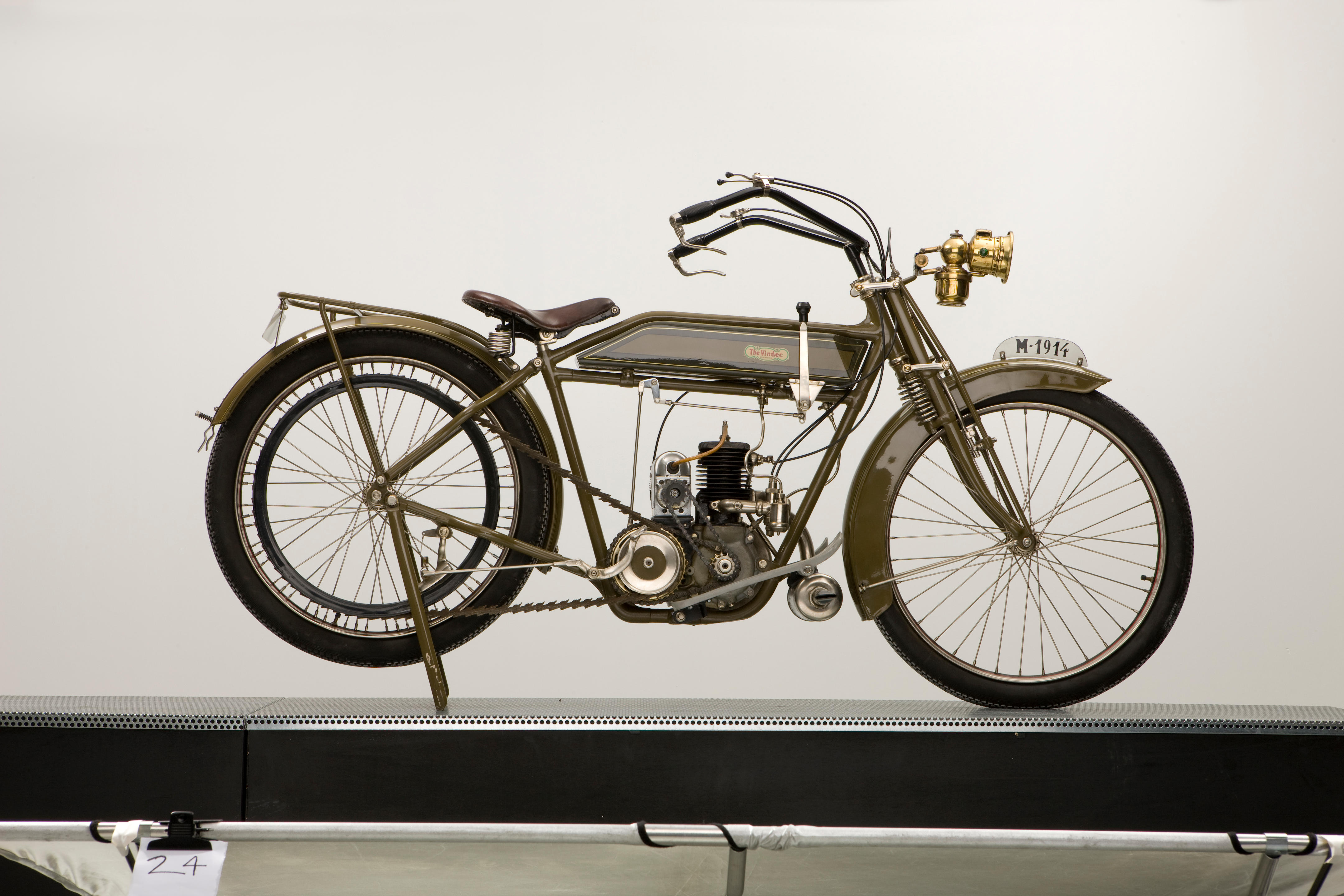
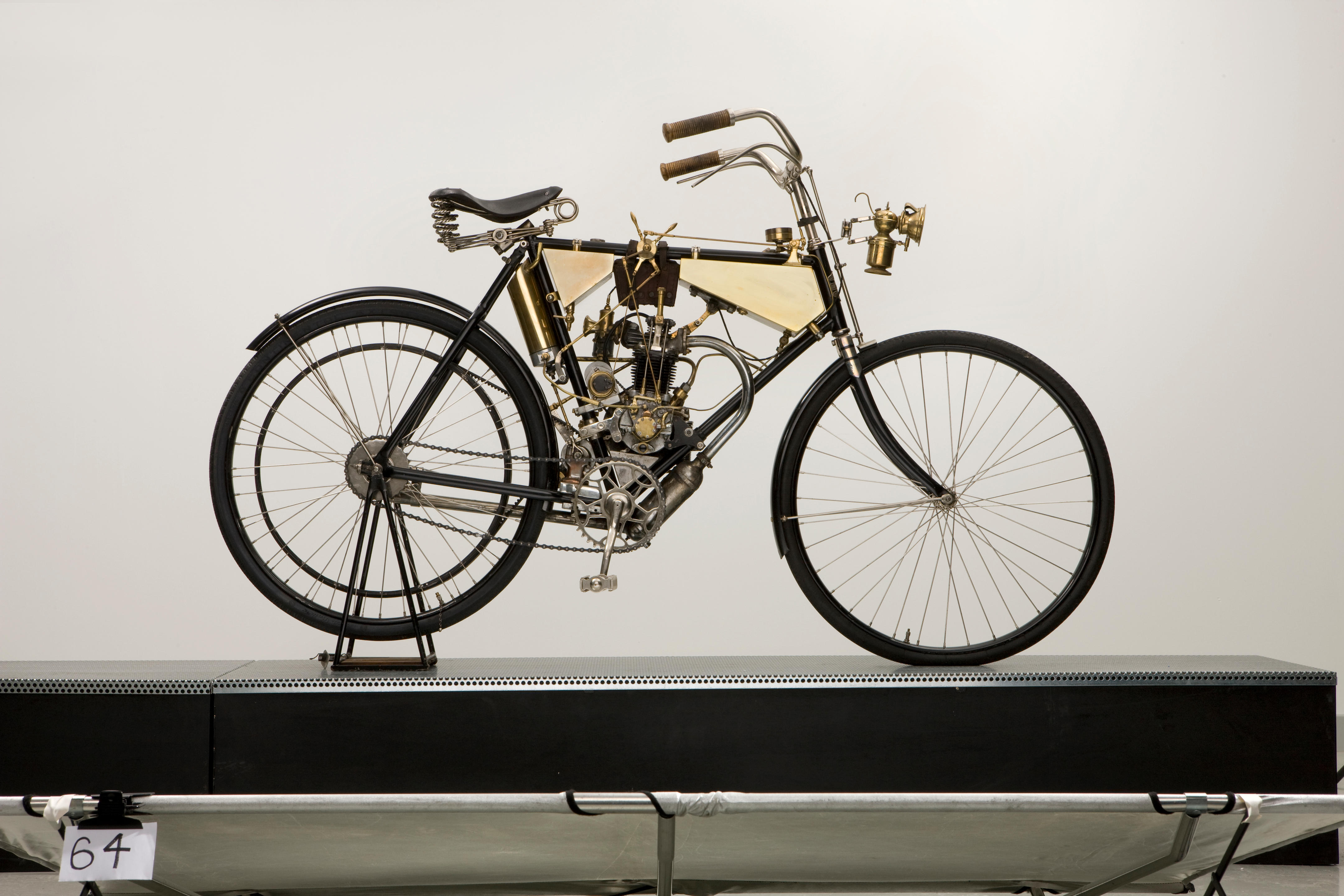
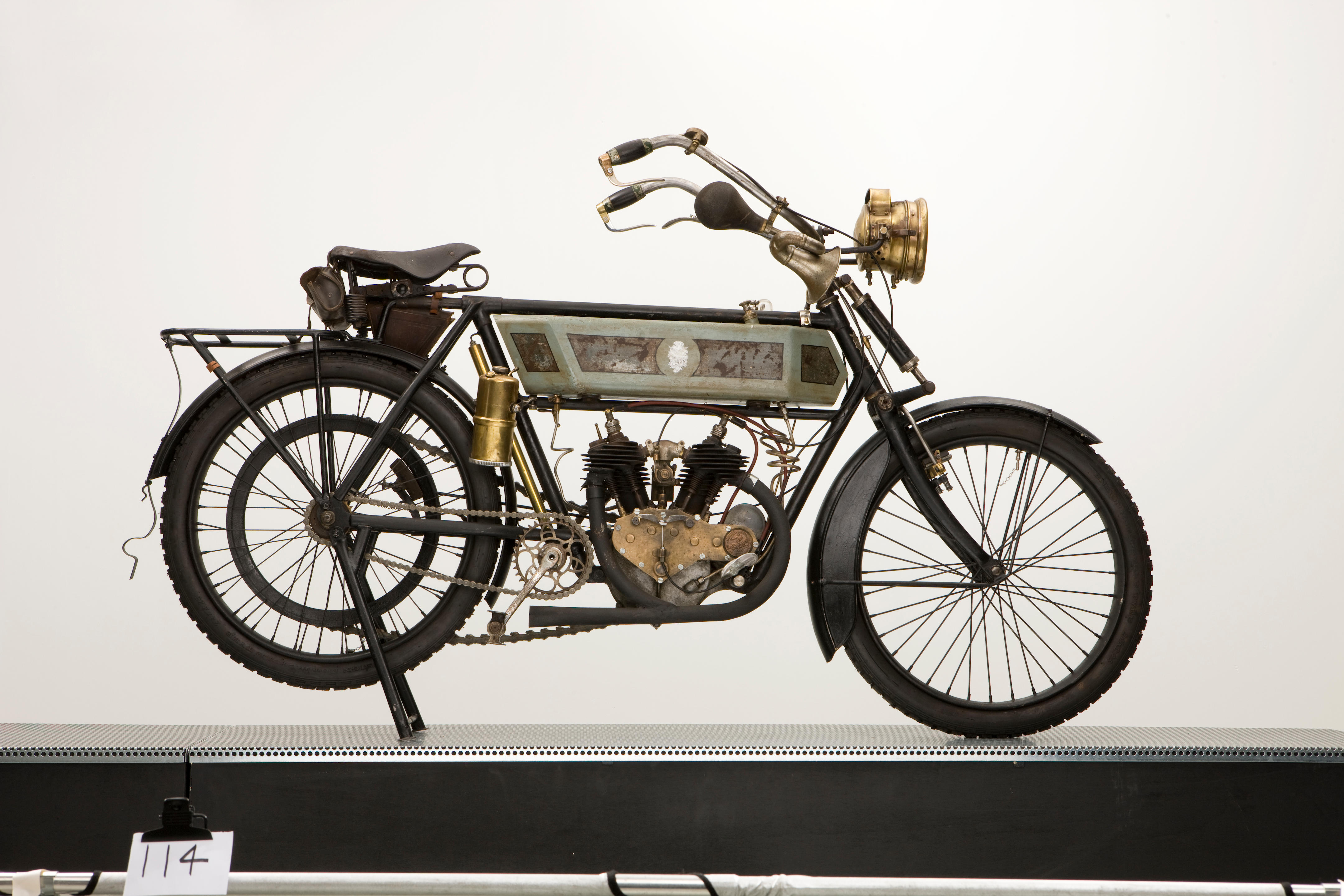
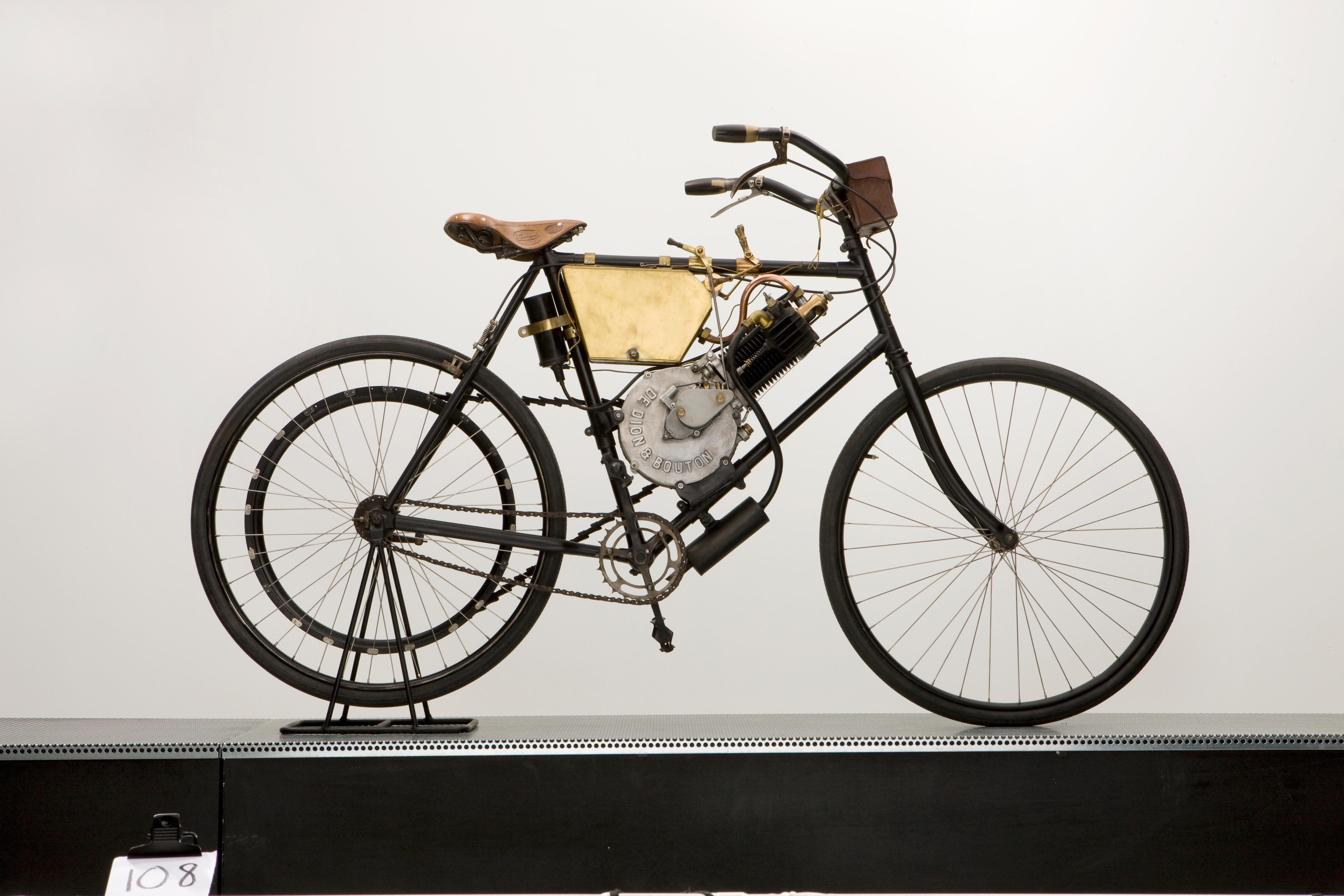
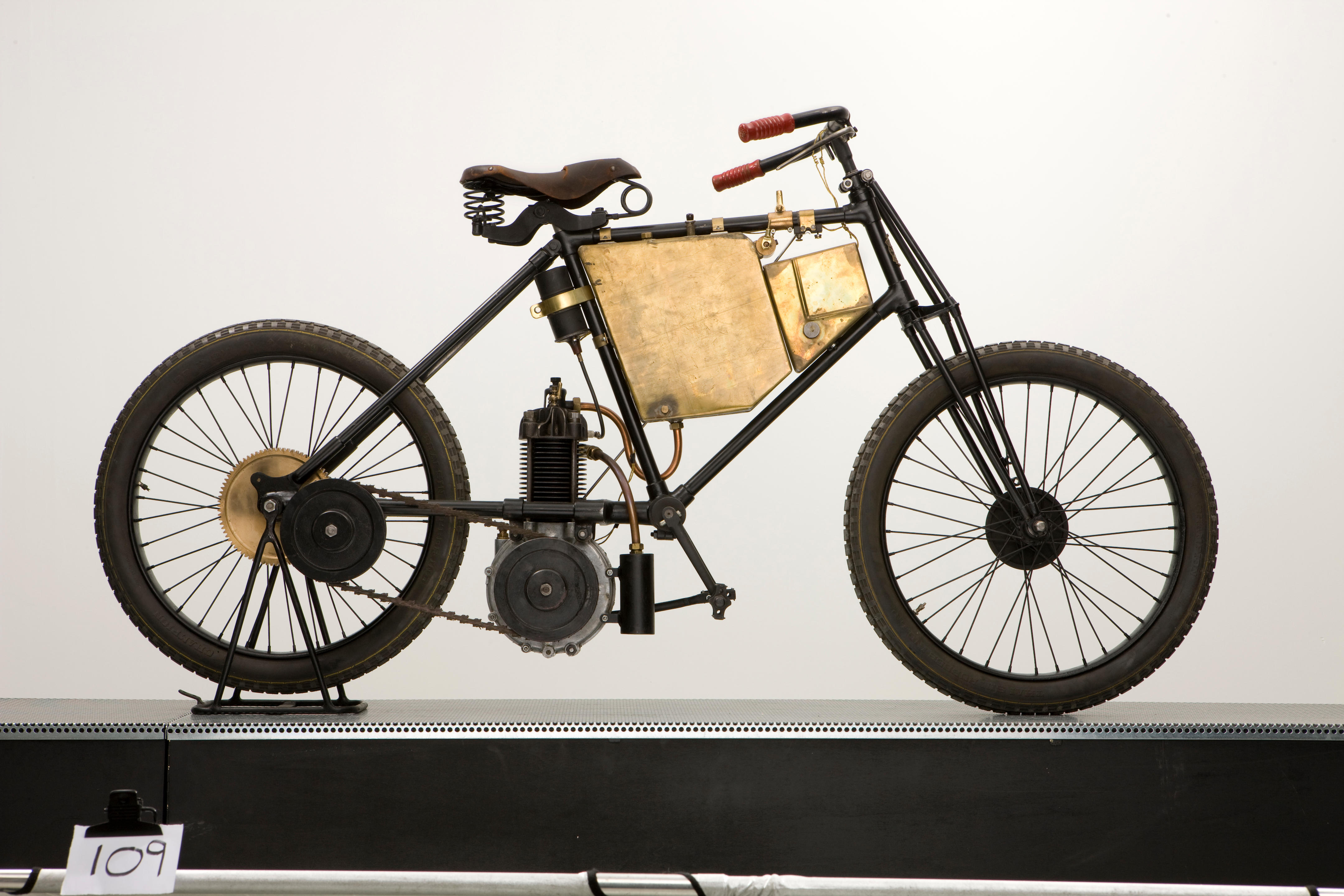
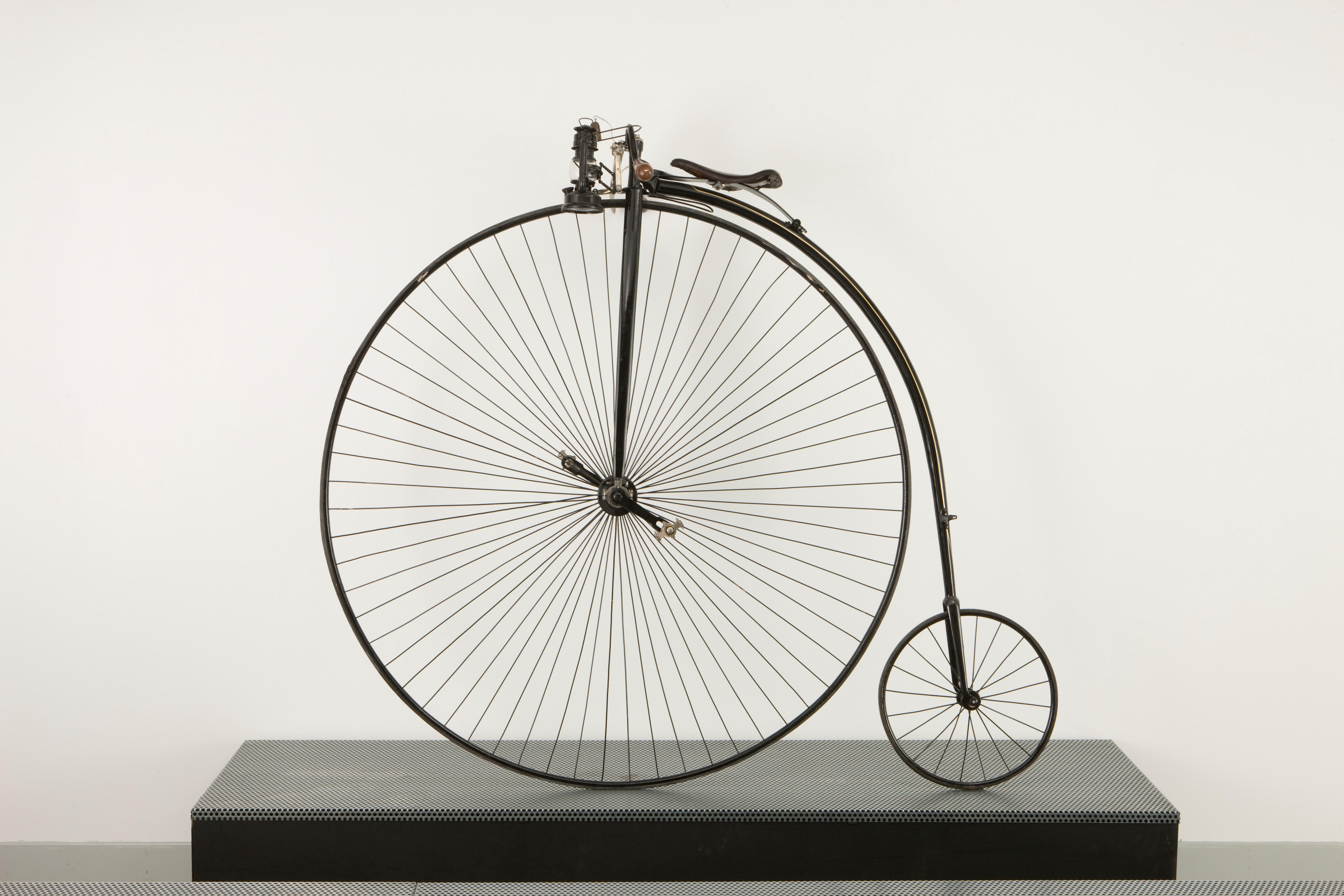
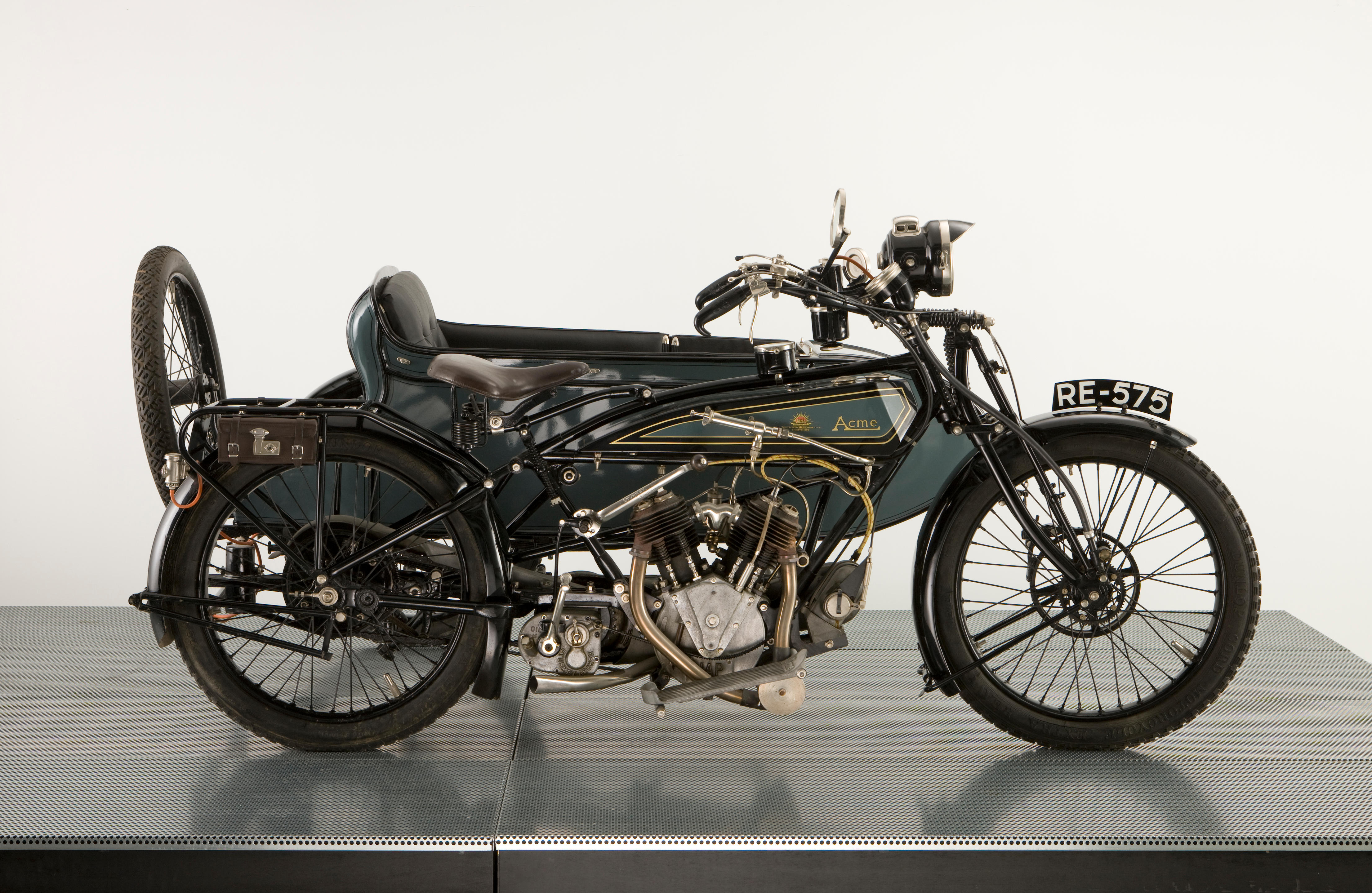
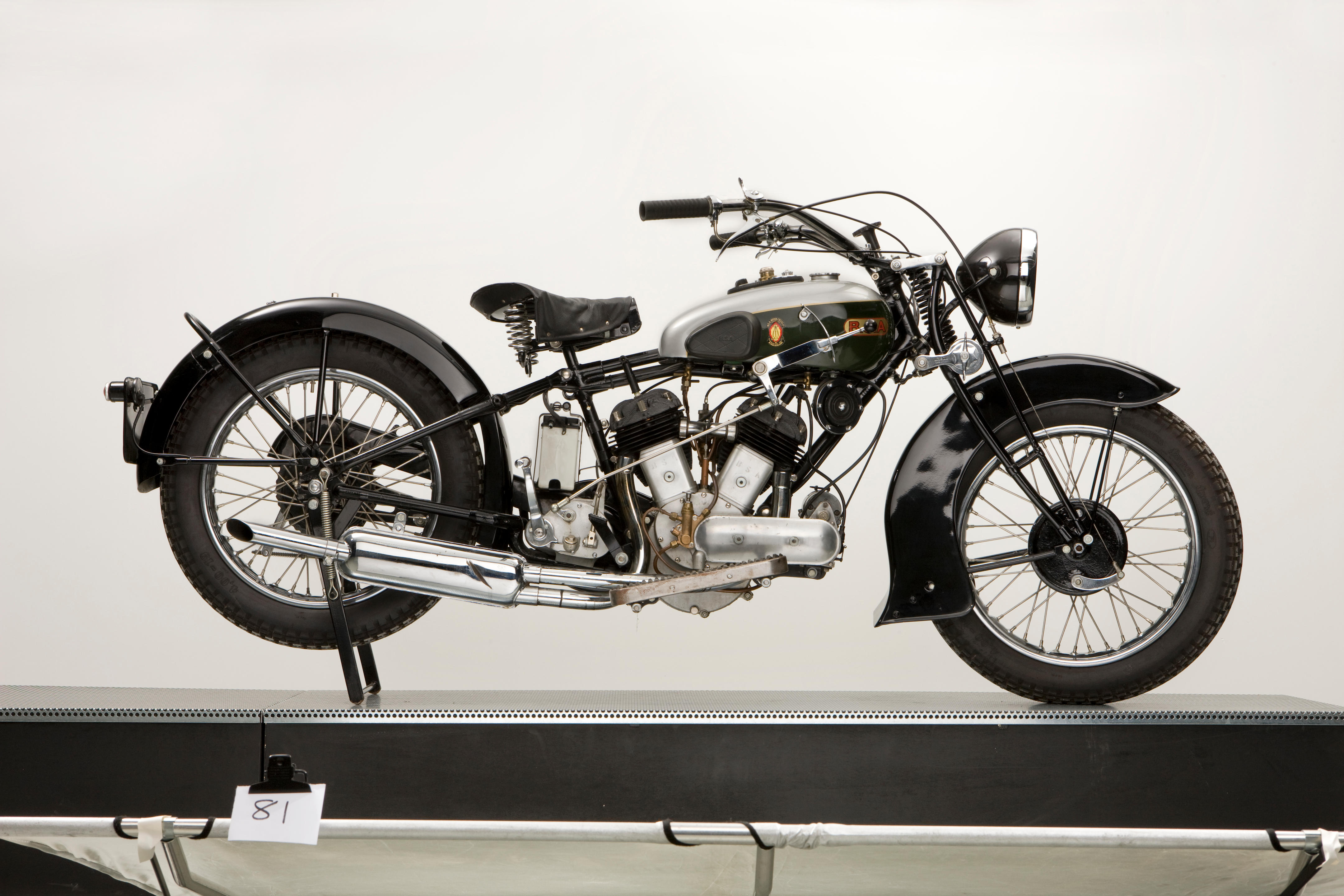
Try LotSearch and its premium features for 7 days - without any costs!
Be notified automatically about new items in upcoming auctions.
Create an alert